How may I see the name of database created/used by FusionAuth in local (mySQL) ?
-
Hi, how may I see the name of database created/used by FusionAuth in local ( mysql) ?
Is it inside
fusionauth.properties? -
This is going to require that you connect to your database.
Something like this article might help with that.
(not endorsed, but just searched for and this was the top result)The FusionAuth database is typically called
fusionauthI hope that helps!
Thanks
Josh -
Thanks @joshua !
But if I do not have a database called
fusionauthafter running./startup.shinfusionauth/bindirectory, does it mean there is something wrong ?
This is confusing because the error says :
The database and schema exist, but for some reason the ordinary user you specified cannot connect to it. Perhaps the user already existed and you provided the wrong password. The error from the database was [Communications link failure The last packet sent successfully to the server was 0 milliseconds ago. The driver has not received any packets from the server.]..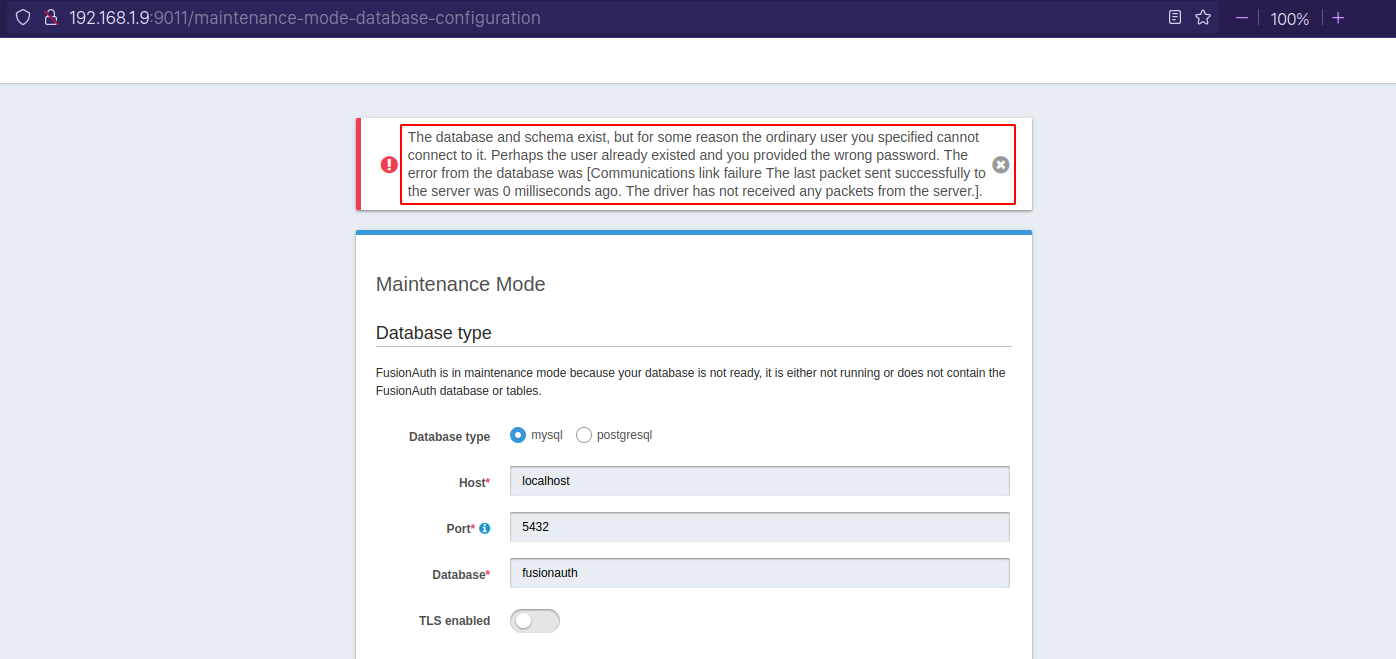
-
That is interesting. When I get that error it means that I have not supplied the right credentials on the FusionAuth maintenance mode screen so that FusionAuth can create a database and add a user.
Are you running FusionAuth locally? If not, how are your database and the FusionAuth app set up?
I would recommend following the guide and troubleshooting located here
https://fusionauth.io/docs/v1/tech/installation-guide/fusionauth-app#database-configuration
https://fusionauth.io/docs/v1/tech/installation-guide/fusionauth-app/If you are still having issues after reviewing these instructions, post back and we can do some additional troubleshooting.
Thanks,
Josh -
I would like to recap what I faced :
Steps to reproduce :
- I downloaded Fusionauth here : https://fusionauth.io/download/.
- I ran Fusionauth by executing
fusionauth/bin/startup.sh. - Open http://localhost:9011 and enter maintenance mode configuration.
- Having the superadmin credential section blank, using MySQL on port 5432, I clicked the submit button.
- I saw an error but I did not know what happened.
My very first trouble was I did not have MySQL/J connector that bridges MySQL and its client which in this case, Fusionauth. I knew this by looking at Fusionauth logs that was present in
fusionauth/logs/fusionauth-app.logs. Therefore, I downloaded it here : https://dev.mysql.com/downloads/connector/j/. Before downloading, I was required to register and login into my Oracle account.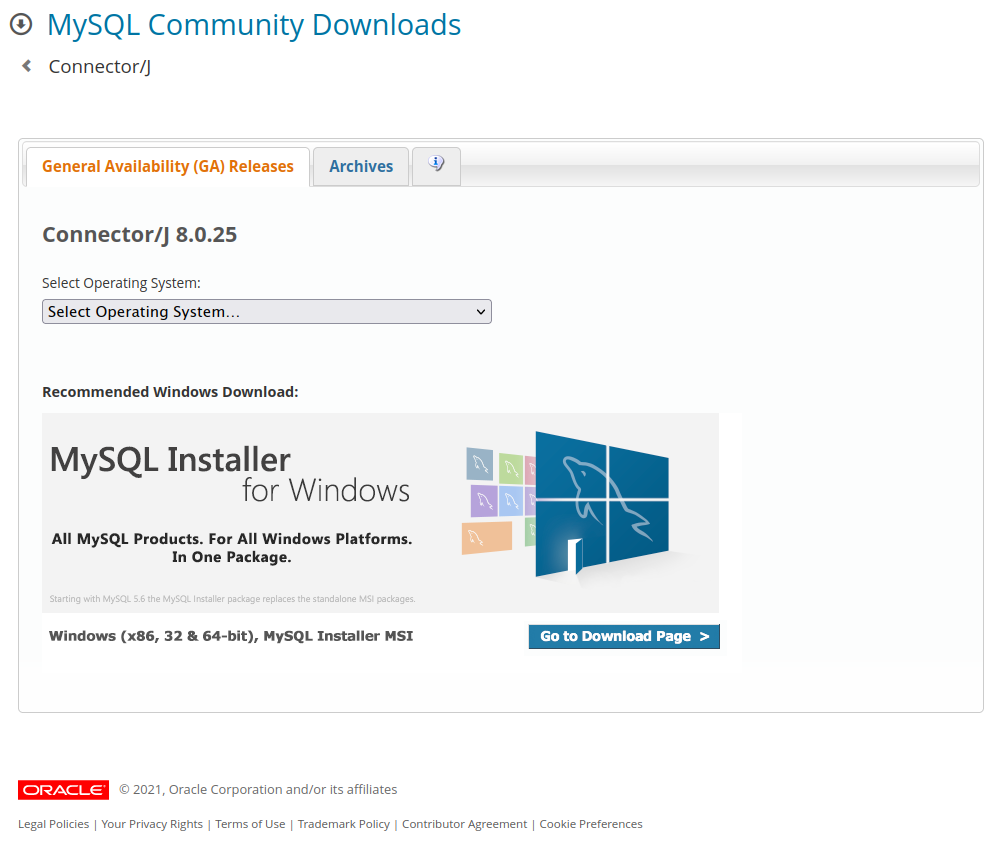
I installed MySQL/J connector with :
sudo dpkg -i mysql-connector-java_8.0.25-1ubuntu20.04_all.deb.deb.Still, I was not successful in running Fusionauth. This time, it was about Database. I followed this guide : https://fusionauth.io/docs/v1/tech/installation-guide/fusionauth-app/. I recommend this to anyone who forgets MySQL superadmin user password.
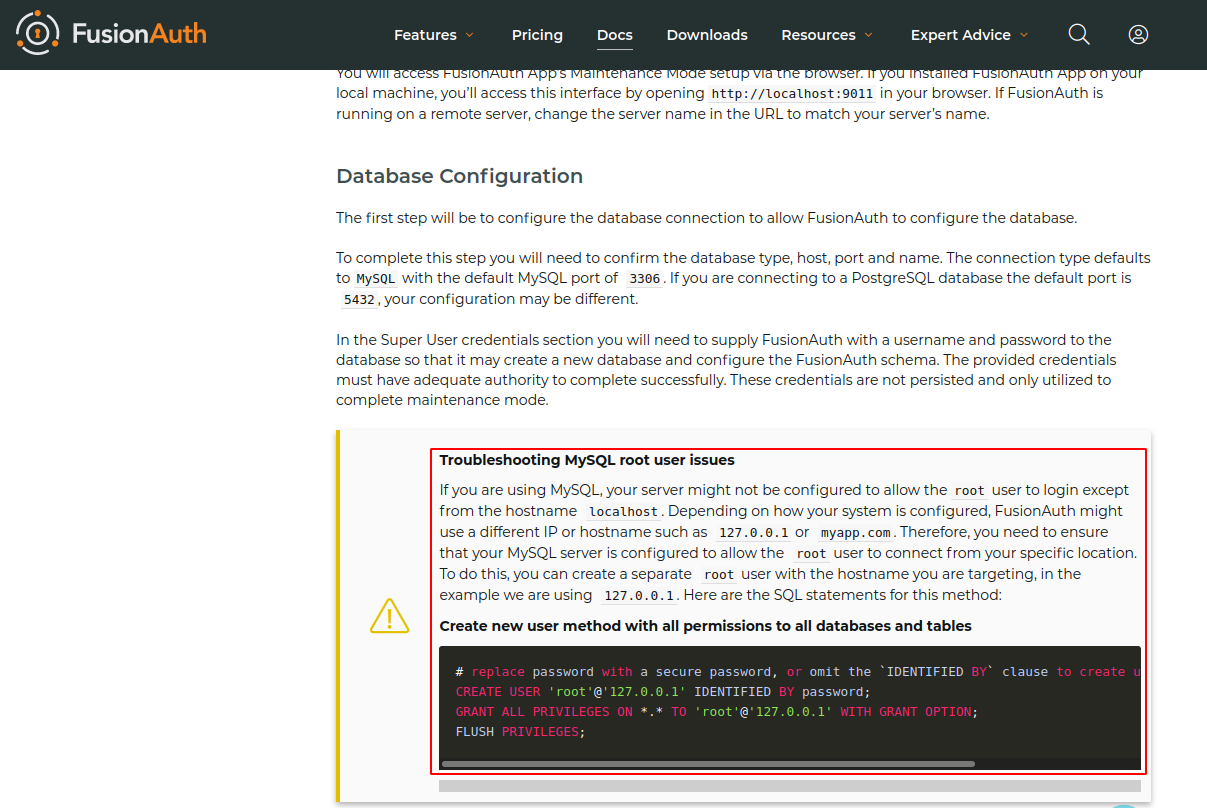
After that, please fill in Superuser credential section with your database superuser credentials that you have.
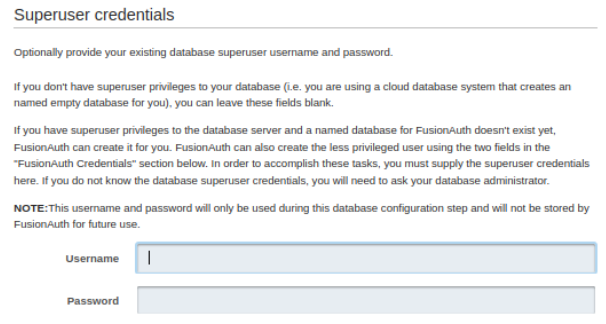
Finally, if you use MySQL, please make sure you run on port 3306 instead of 5432. I have no idea whether this is a must or not but it was noted in Fusionauth docs. Click submit then proceed to setup wizard to set superadmin credential. Click submit button so you will be redirected to Fusionauth admin dashboard.
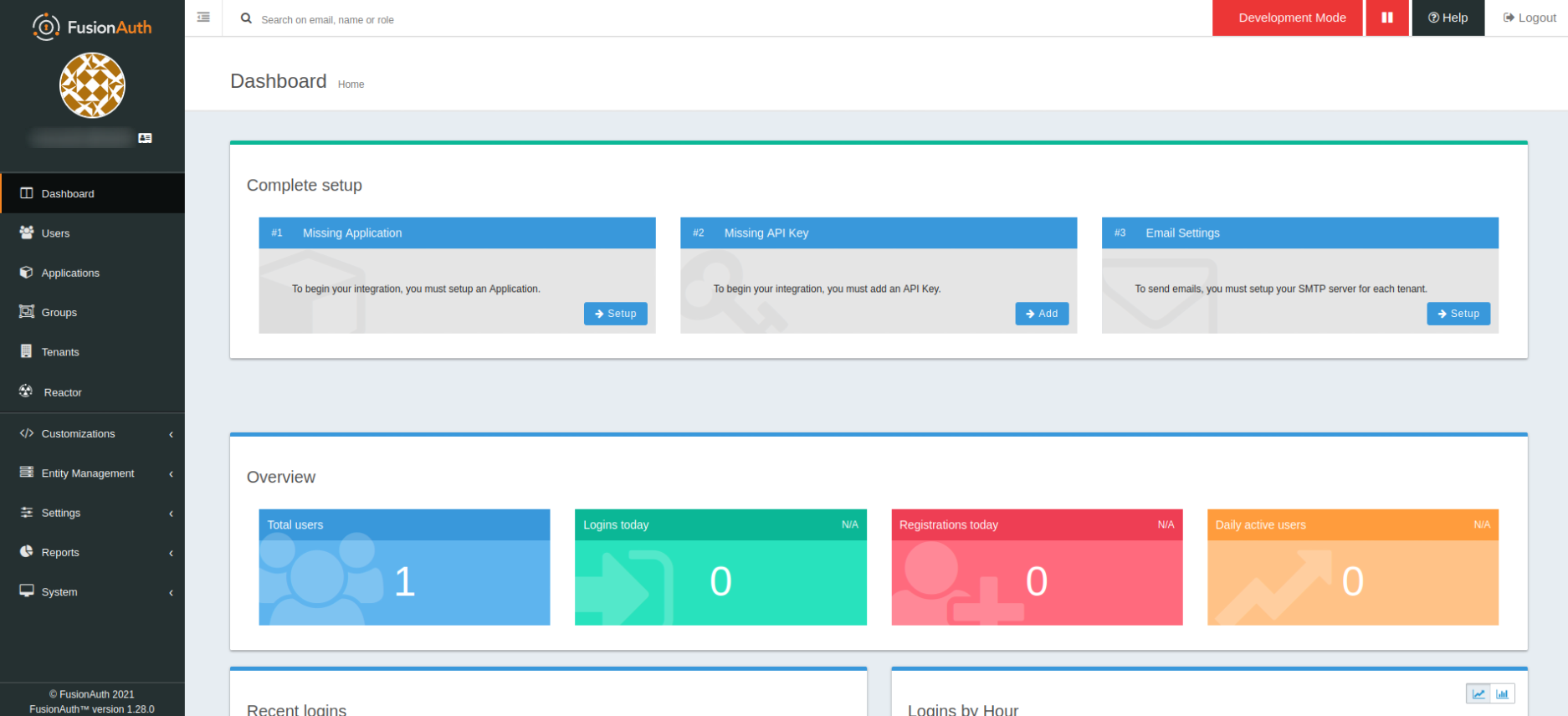
You can also see MySQL to make sure you have successfully created a database named
fusionauth.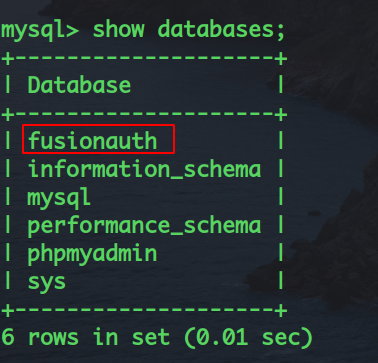
Hopefully this can be helpful for anyone facing the same issue to get started to Fusionauth.
Thank you for your support @joshua , I appreciate your time!
-
one question, if I logout from admin dashboard and shutdown Fusionauth then I start it again with
./startup.sh, do I enter maintenance mode database configuration again ? -
@marcasellkhelaifi My bad, after I tried, I was redirected to a page like this :
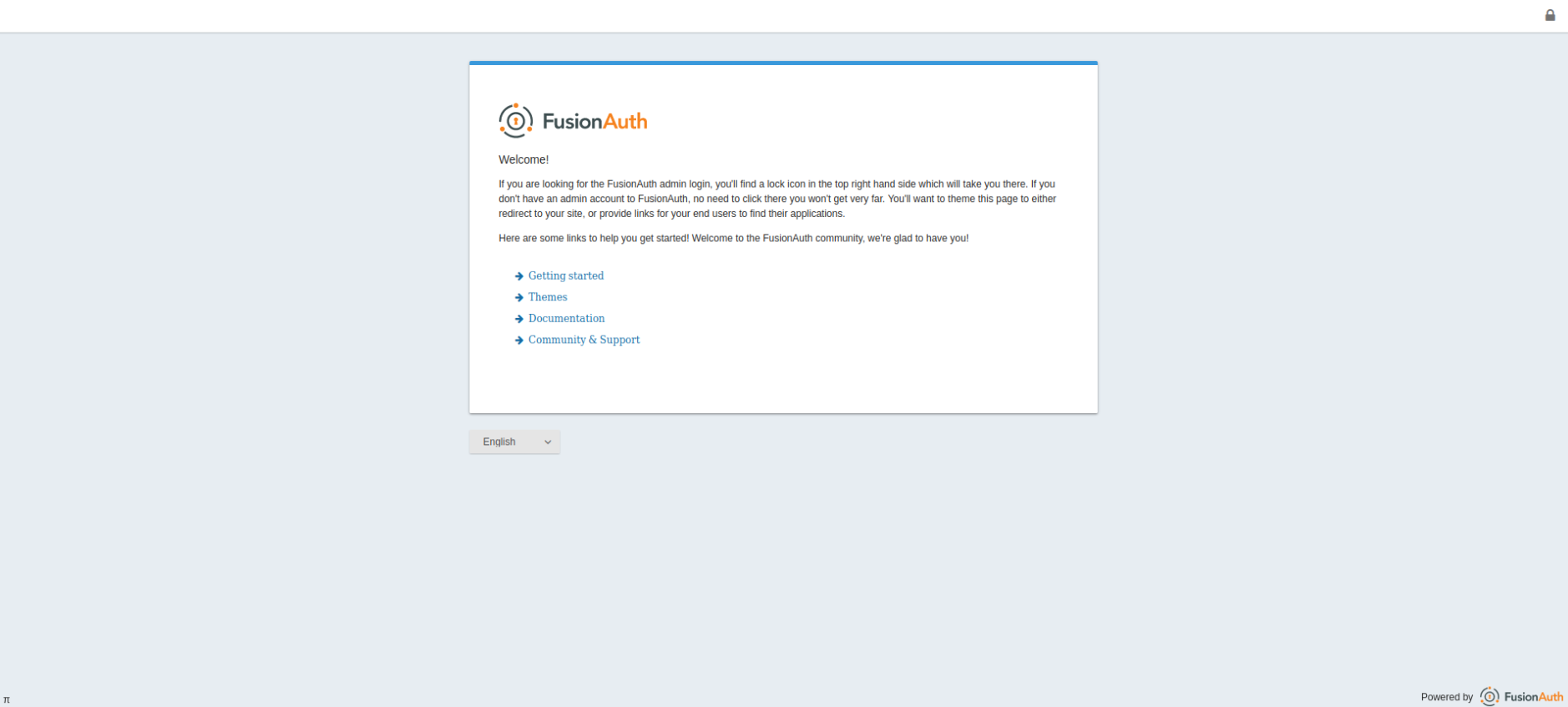
If I go to http://localhost:9011/admin, the login form shows up :
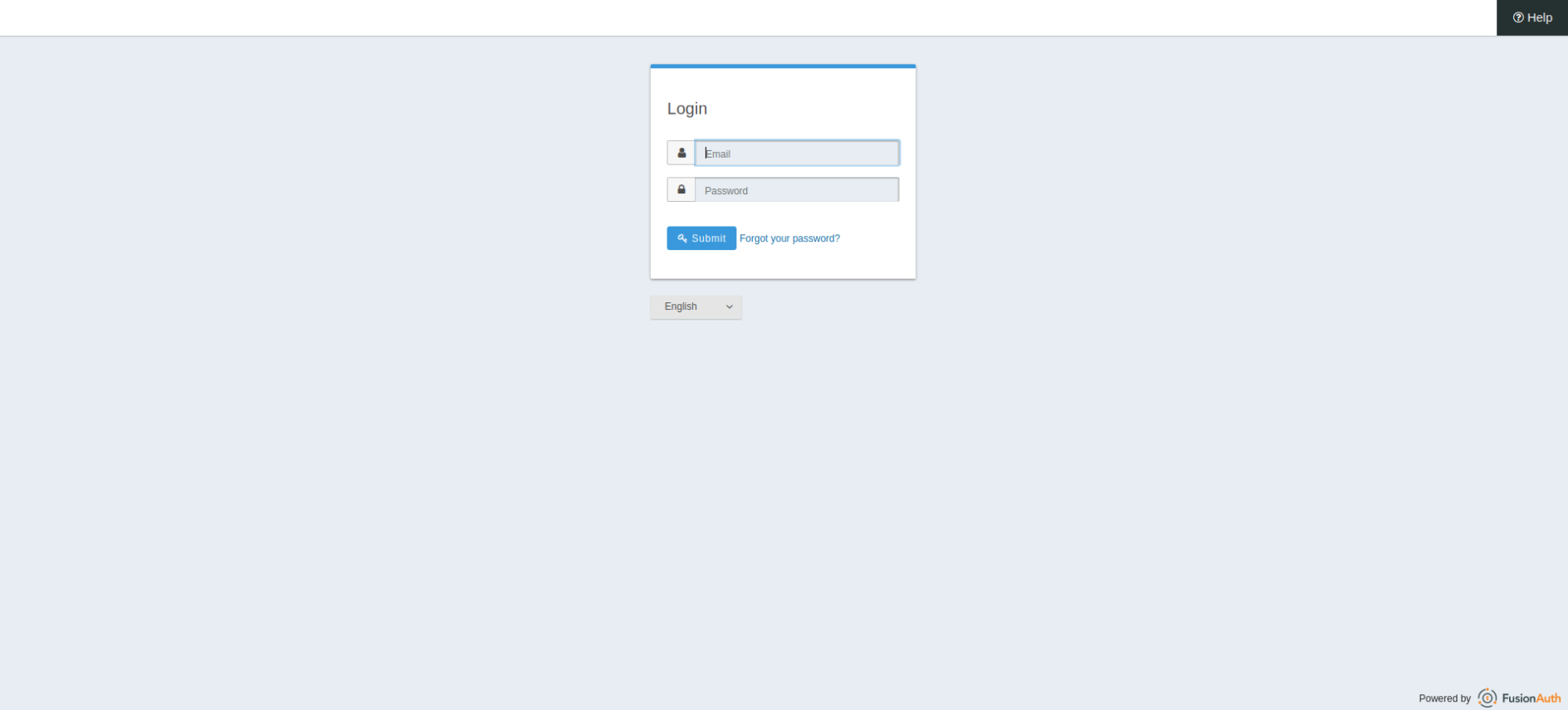
To answer my question, you do not configure database in maintenance mode once the configuration is successful.
-